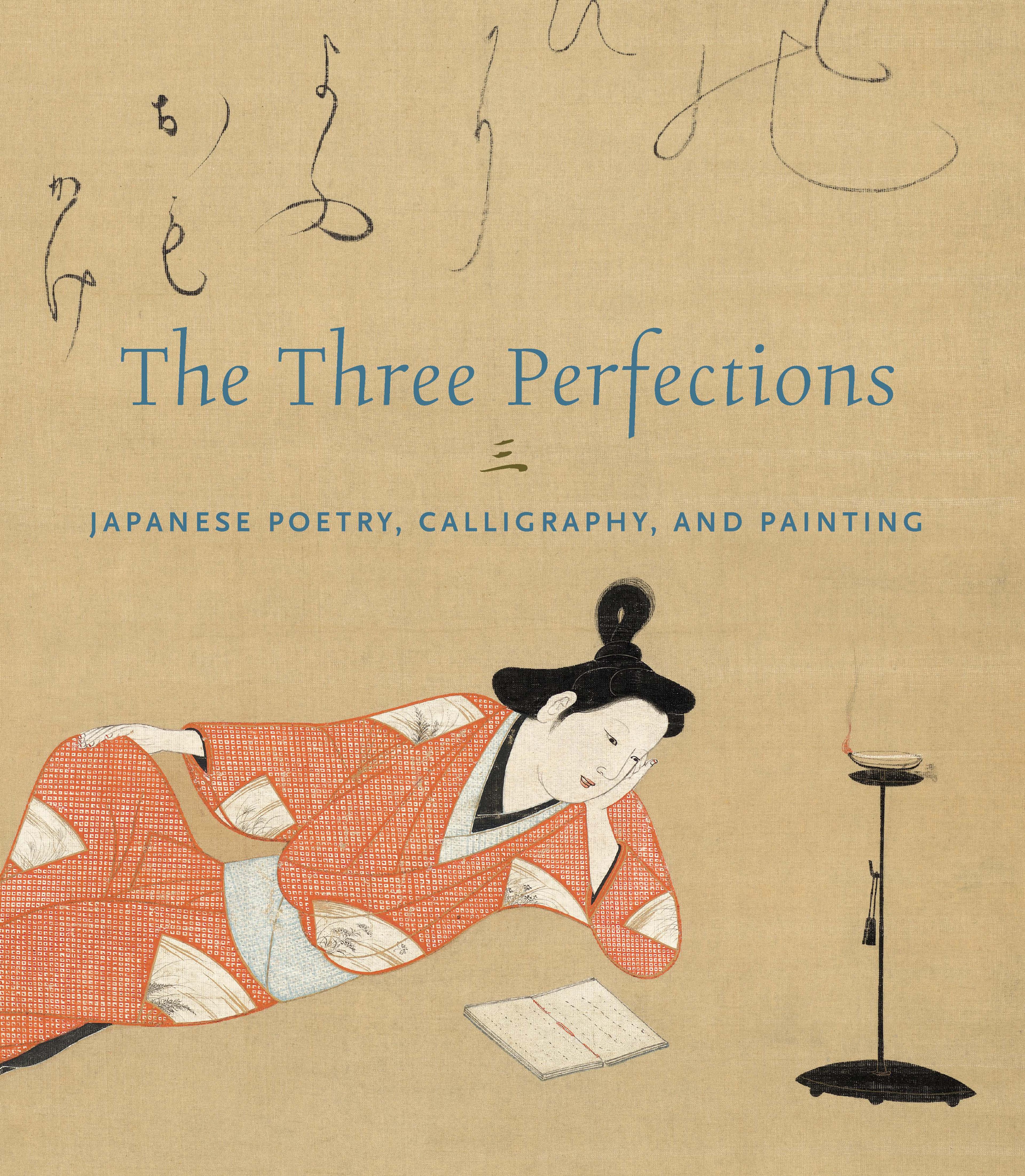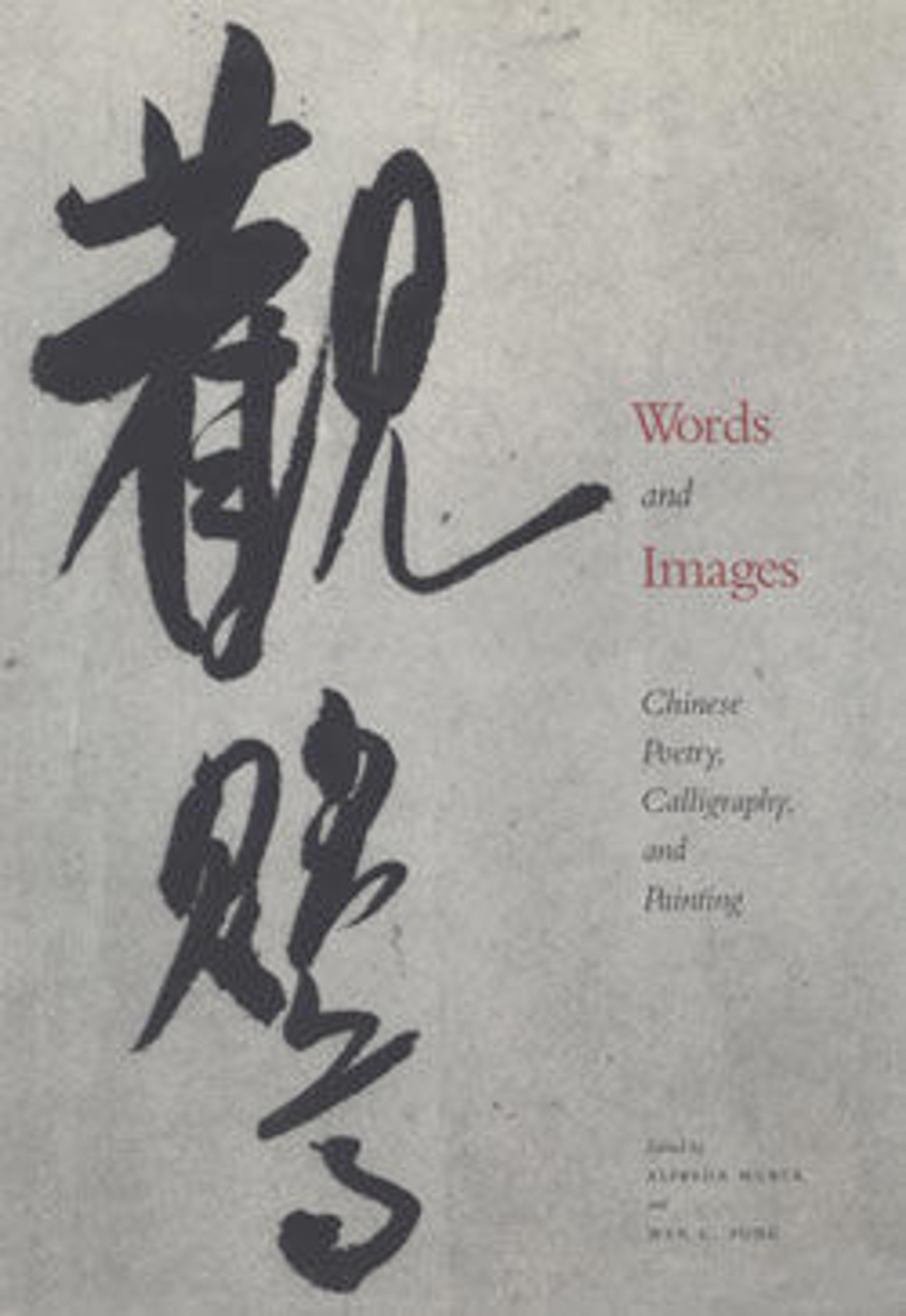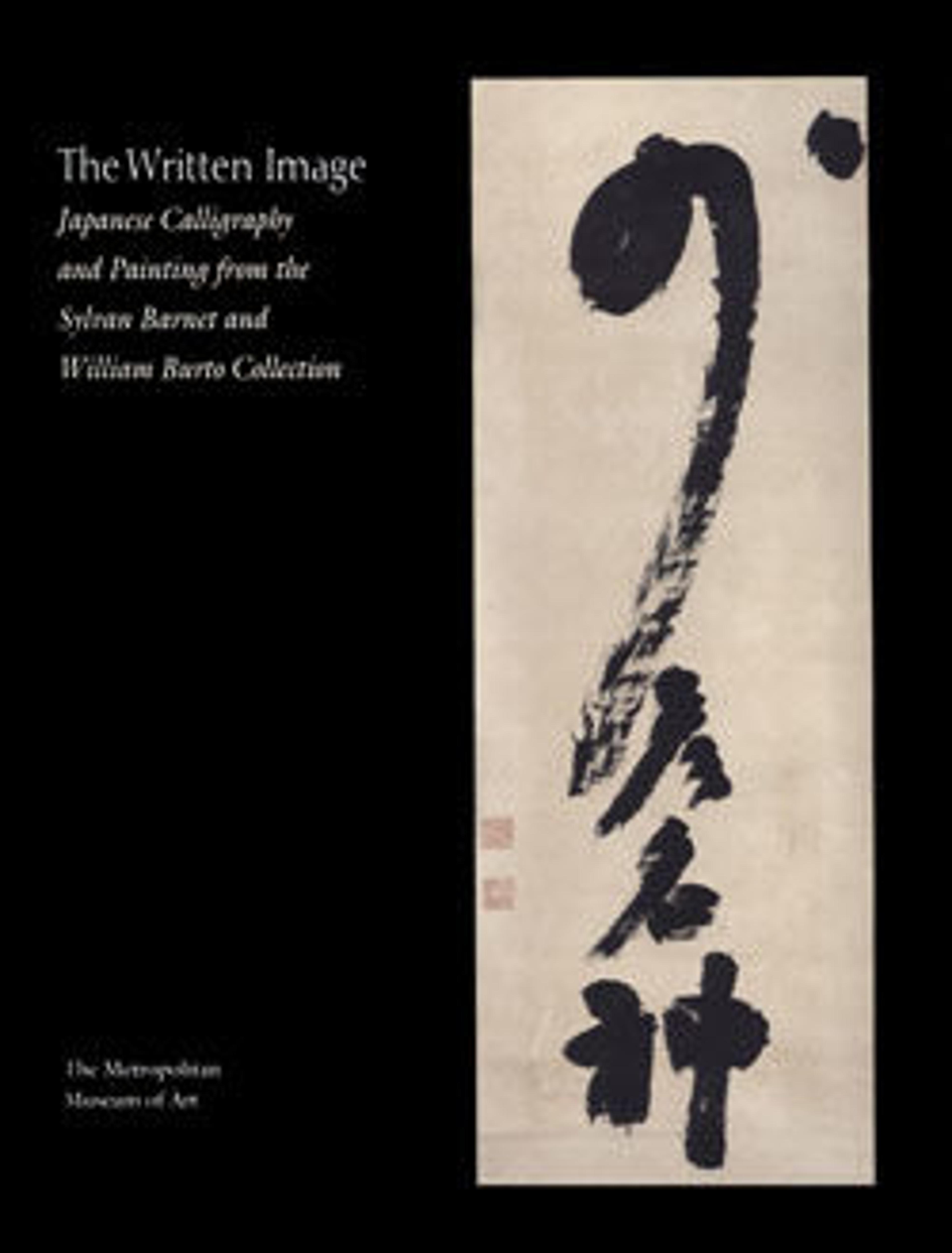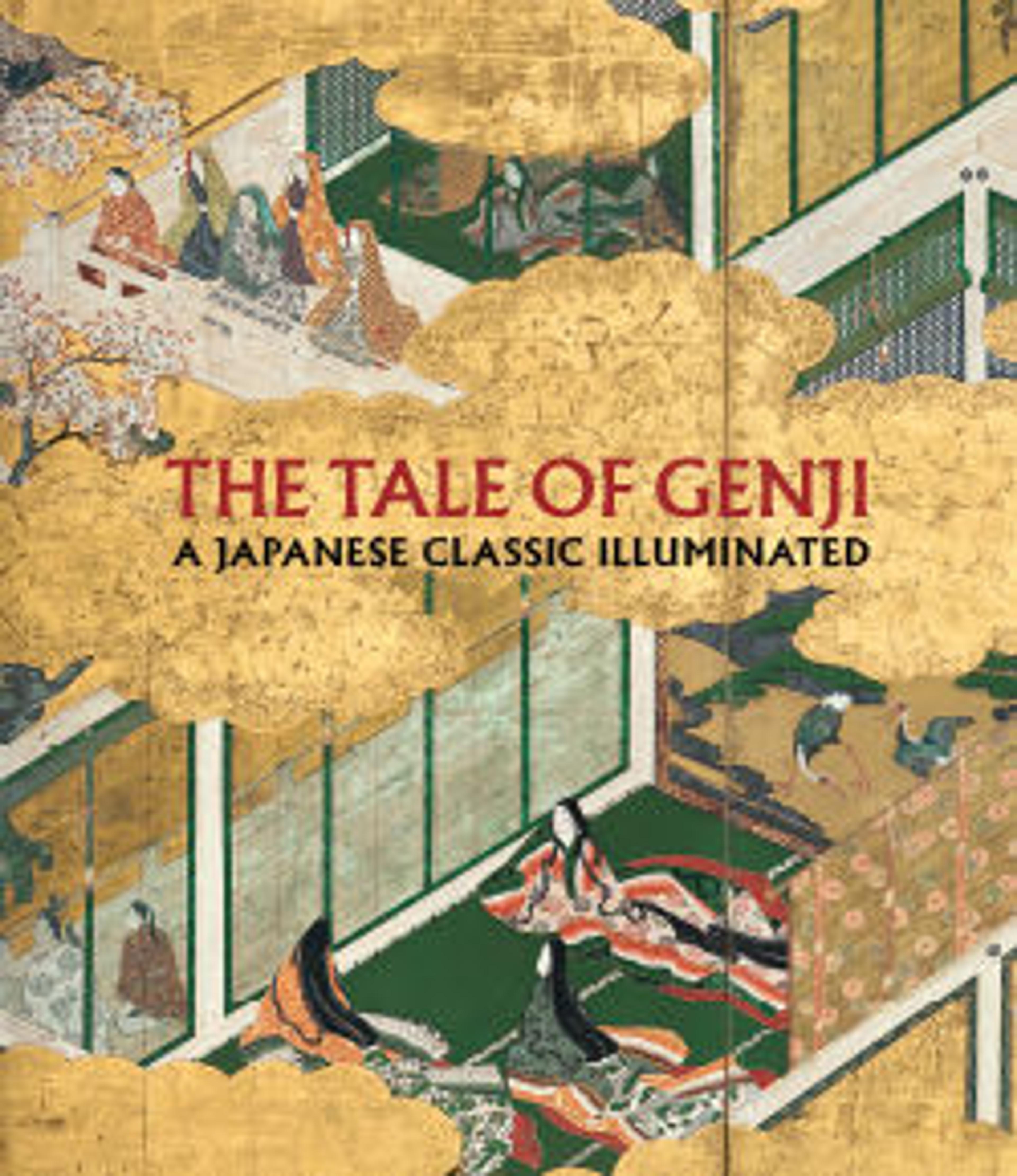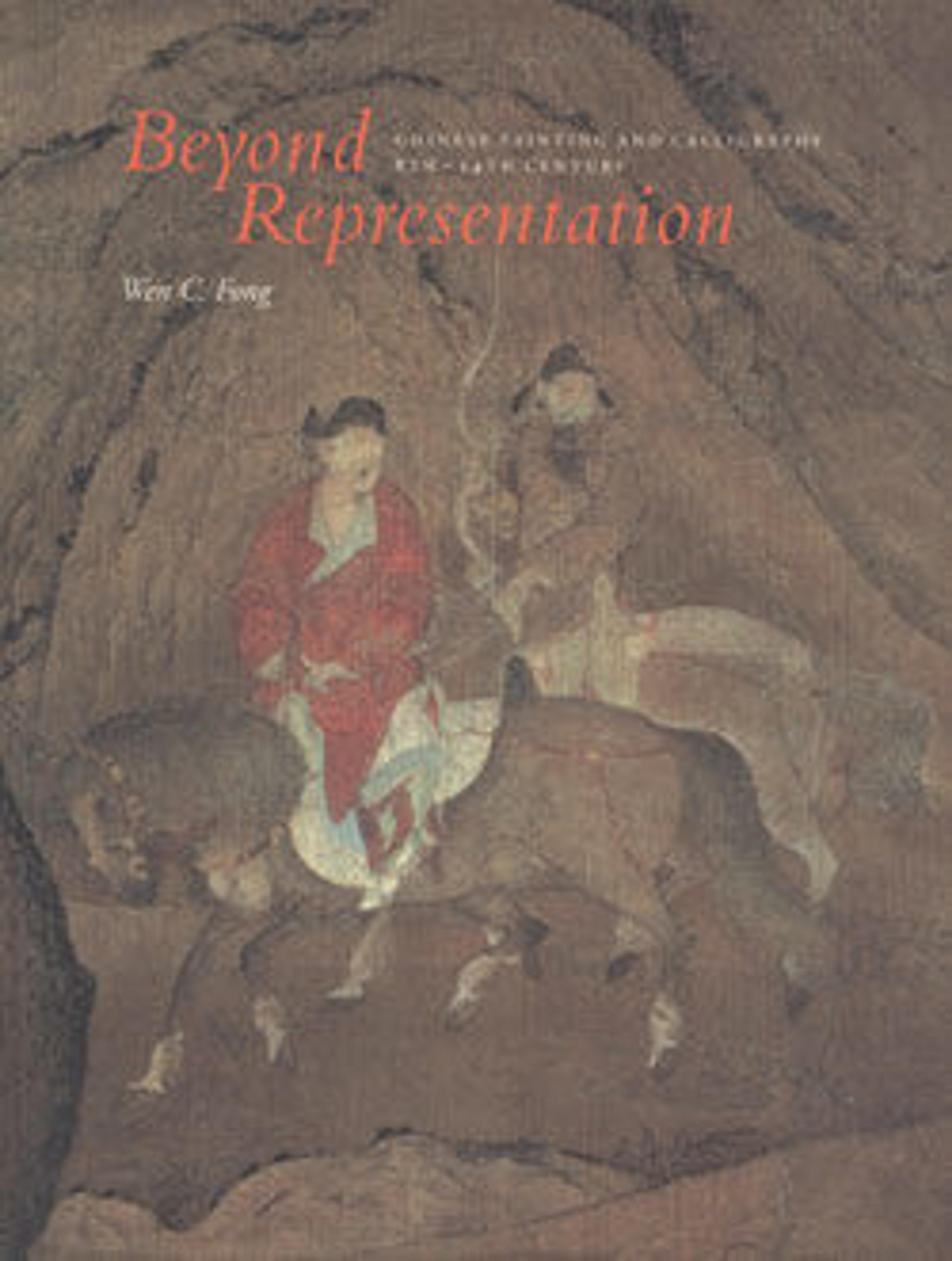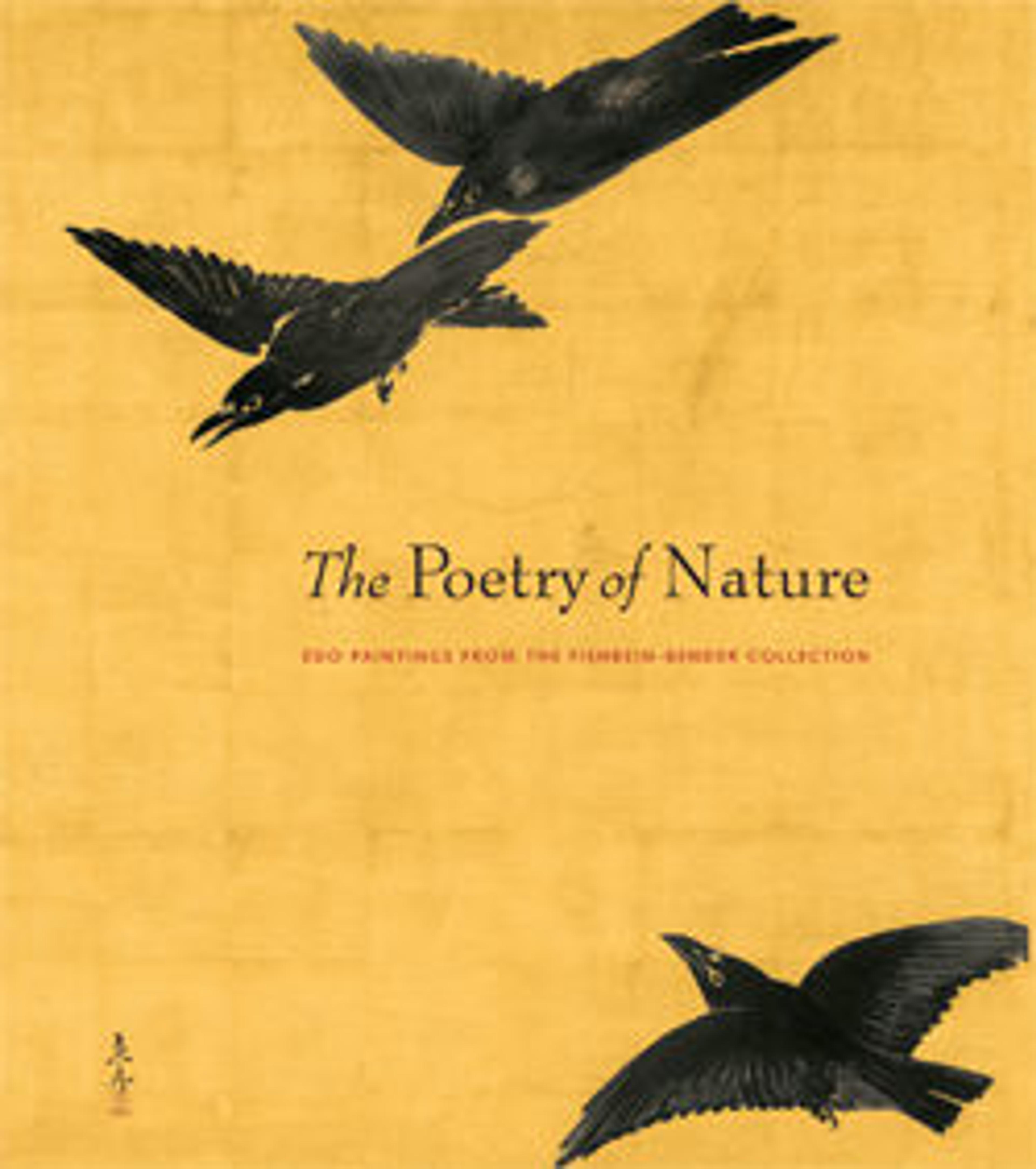The Three Perfections: Japanese Poetry, Calligraphy, and Painting
In East Asian cultures, the integration of poetry, painting, and calligraphy, known as the "Three Perfections," is considered the apex of artistic expression. This sumptuous book explores 1,000 years of Japanese art through more than 100 works--hanging scrolls, folding screens, handscrolls, and albums--from the Mary and Cheney Cowles Collection at The Metropolitan Museum of Art. John T. Carpenter provides an engaging history of these interrelated disciplines and shows evidence of intellectual exchange between Chinese and Japanese artists in works with poetry in both languages, calligraphies in Chinese brushed by Japanese Zen monks, and examples of Japanese paintings pictorializing scenes from Chinese literature and legend. Many of the works featured, including Japanese poetic forms, Chinese verses, and Zen Buddhist sayings, are deciphered and translated here for the first time, providing readers with a better understanding of each work's rich and layered meaning. Highlighting the talents of such masters as Musō Soseki, Sesson Shūkei, Jiun Onkō, Ryōkan Taigu, Ike Taiga, and Yosa Buson, this book celebrates the power of brush-written calligraphy and its complex visual synergy with painted images.
Met Art in Publication
You May Also Like
Press the down key to skip to the last item.
Citation
Carpenter, John T. The Three Perfections, Japanese Poetry, Calligraphy, and Painting: The Mary and Cheney Cowles Collection. New York: The Metropolitan Museum of Art, 2025.
